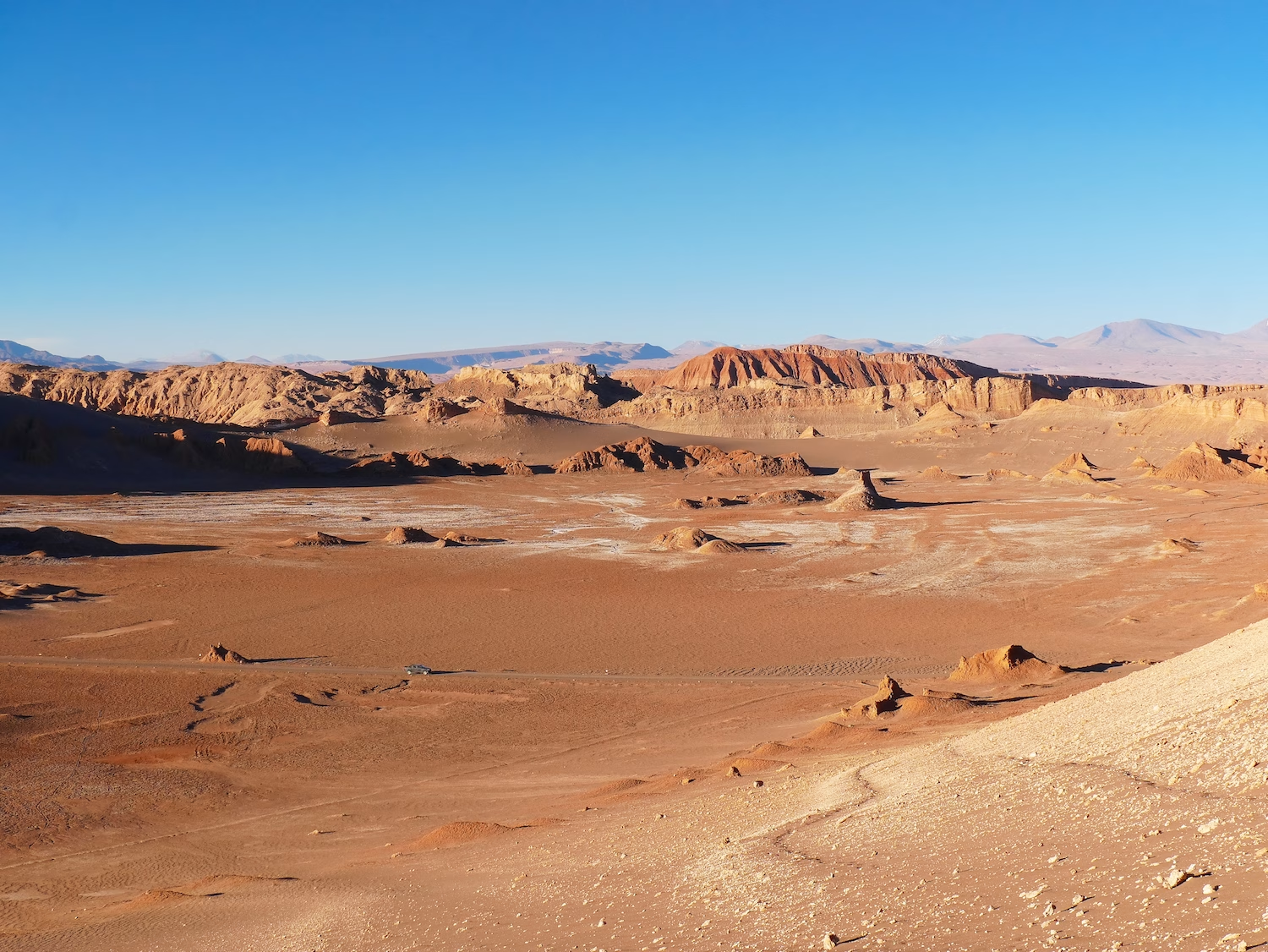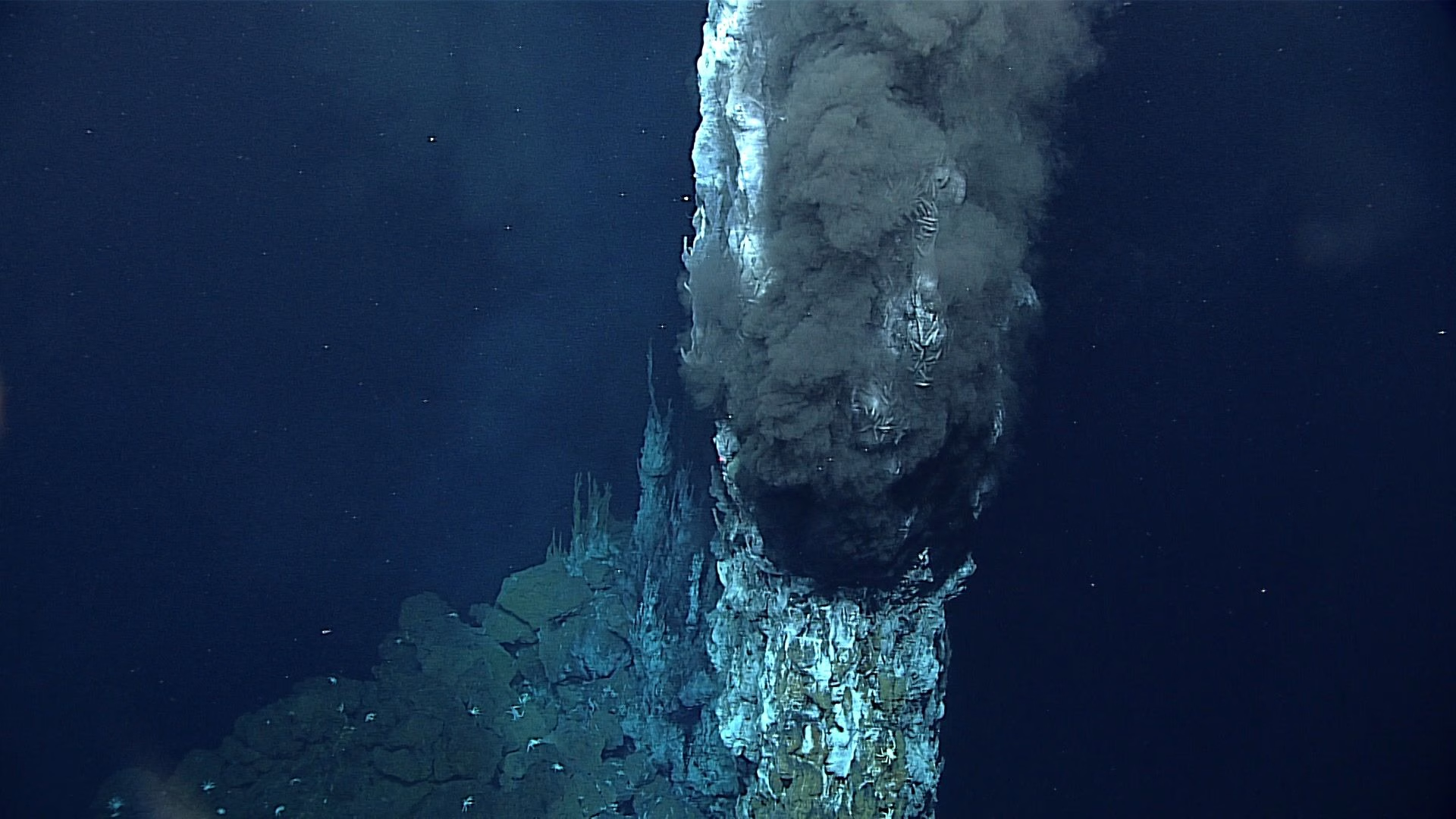Rain is one of the most common weather phenomena on Earth. It nurtures life, shapes landscapes, and feeds rivers and oceans. Yet, there are parts of our planet where rain is so rare—or absent—that entire ecosystems have evolved without it. These are the driest places on Earth, some of which have never recorded a single drop of rainfall in human history.
From lifeless deserts to ancient valleys, these places challenge our understanding of life, climate, and survival. Let’s explore some of the most astonishingly arid regions where rain is virtually or entirely nonexistent.
1. The Atacama Desert, Chile
Widely recognized as the driest non-polar desert in the world, the Atacama Desert in northern Chile is a prime example of a rainless region.
Some weather stations in the Atacama have never recorded rainfall since they were installed. On average, the region receives less than 1 millimeter (0.04 inches) of rain per year, and some parts may go centuries without a drop.
What makes Atacama’s dryness so extreme is its geography. The Andes Mountains flank it to the east and the Chilean Coast Range to the west, both of which block moist air masses. The cold Humboldt Current off the Pacific also suppresses the formation of rain clouds.
Despite its hyper-arid conditions, life does exist here. Specialized microbes live in salty soils, and unique desert-adapted flowers bloom explosively when rain does (very rarely) fall. NASA even uses the Atacama to test Mars rovers, given its eerie, alien landscape.
2. Dry Valleys, Antarctica
While Antarctica may seem an unlikely candidate for a desert, the McMurdo Dry Valleys are one of the most arid places on the planet—and some valleys have not seen rain or snow for over 2 million years.
These valleys lie between mountain ranges and are shielded from precipitation by powerful katabatic winds, which can reach speeds of 200 miles per hour. These winds suck away moisture and prevent clouds from forming. The cold is so intense that any available water instantly freezes, and there’s little snow accumulation.
The valleys are virtually lifeless, with exposed rock and soil instead of ice or snow. But even here, microbial life has been found in ancient lakes sealed beneath the ice. These valleys are considered one of the closest Earth analogs to Mars and are used in astrobiology research.
3. The Lut Desert (Dasht-e Lut), Iran
The Lut Desert in southeastern Iran holds the record for some of the hottest surface temperatures ever recorded, reaching a blistering 159.3°F (70.7°C) as measured by satellite.
But it’s not just hot—it’s dry. In many regions of the Lut Desert, no recorded rainfall has ever been observed. The desert is dominated by dunes, salt plains, and wind-eroded rock formations that stretch for miles without interruption.
The terrain compounds the lack of rain. Any moisture that enters the area is either evaporated immediately or never makes it in due to the surrounding mountain barriers. Vegetation is nearly absent, and the harsh climate has made human settlement impossible.
4. Arica, Chile – Driest Inhabited Place on Earth
Located near the Atacama Desert, the city of Arica is often referred to as the driest inhabited place in the world. It averages only about 0.03 inches (0.76 mm) of rain per year.
Despite its dryness, Arica thrives due to the moisture drawn from the nearby ocean in the form of dense fog, known as “camanchaca”. Locals even harvest water from fog nets to supply clean drinking water.
Arica’s climate is stable and rainless due to the Humboldt Current, which keeps air masses cold and prevents cloud development. The city is a remarkable example of human adaptability in extreme conditions.
5. Aswan, Egypt
The ancient city of Aswan, situated along the Nile River in southern Egypt, receives less than 1 mm of rain annually and often goes years without any precipitation.
Despite being near the life-giving Nile, the surrounding landscape is part of the Sahara Desert, one of the largest and driest hot deserts on Earth. The skies are almost perpetually clear, and humidity is minimal.
This dry environment has helped preserve countless ancient monuments, mummies, and artifacts, as the lack of moisture prevents decay and erosion. Tourists visiting Aswan often find skies so clear and blue that they seem painted.
6. Wadi Halfa, Sudan
Another hyper-arid region, Wadi Halfa, lies in the Nubian Desert near the Sudanese-Egyptian border. It receives an average of less than 2 mm of rain annually, and multiple years can pass without a single drop of rain.
High temperatures, scorching sun, and complete absence of rainfall make agriculture nearly impossible here. The landscape is dominated by rocks and sand, with little vegetation.
In the absence of rain, water must be transported from the Nile or underground sources, making life here a daily battle against nature.
7. Iquique, Chile
This coastal city is located in the same parched belt as the Atacama and Arica, and it shares their hyper-arid climate. Iquique records virtually no rainfall in many years, despite being located near the Pacific Ocean.
Like Arica, Iquique survives thanks to the camanchaca fog that rolls in from the sea, which provides some moisture for both plants and people. However, actual rainstorms are infrequent, and many residents have never experienced one.
8. Aoulef, Algeria
In the heart of the Sahara Desert, Aoulef is renowned for its extreme heat and arid conditions. Rainfall is infrequent, with some years passing without any rainfall. The sun is relentless, and daytime temperatures frequently exceed 50°C (122°F).
The few people who live here rely on oases for water and sustenance. The intense conditions make life difficult, and this region is sparsely populated. Yet it has become a symbol of endurance and adaptation in one of Earth’s most hostile climates.
The Mystery and Meaning of Rainless Lands
What makes these places truly fascinating is not just their dryness, but their uniqueness. They show us how life adapts to scarcity, how landscapes evolve without water, and how rain—which many of us take for granted—can be absent for centuries.
In many of these places, local cultures have developed technologies and traditions around water conservation, fog harvesting, and sustainable living. From fog nets in Chile to oases in Algeria, human resilience thrives even in the most extreme environments on Earth.
However, these dry zones also serve as warnings. As global temperatures rise and desertification spreads, more regions may begin to resemble these extreme environments. The absence of rain in such places isn’t just a geographical curiosity—it’s a glimpse into a potential future, where water becomes rarer and survival becomes tougher.
Final Thoughts
While rain is considered a fundamental element of life, its absence paints an entirely different picture—one of struggle, adaptation, and awe. The places on Earth that have never seen rain or only see it once in a lifetime are reminders of nature’s extremes.
These landscapes, though harsh, are valuable. They teach us about survival without abundance, about ecosystems balanced on the edge of nothingness, and about how even in the driest corners of the Earth, life can find a way to thrive.




